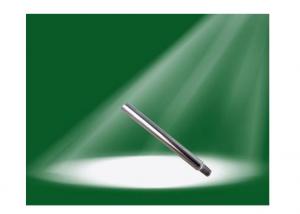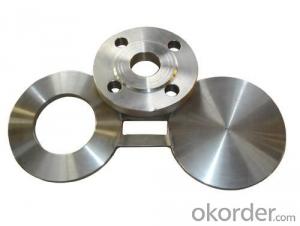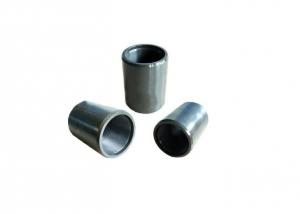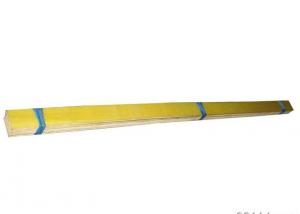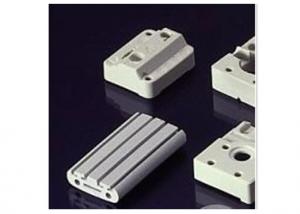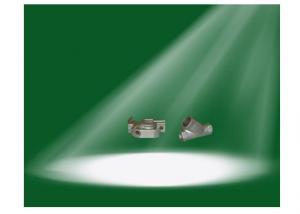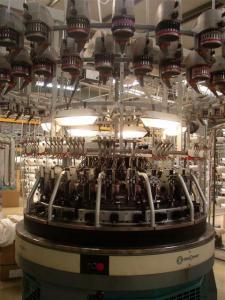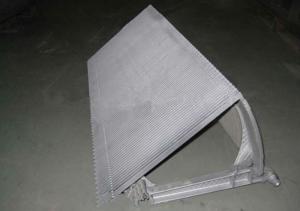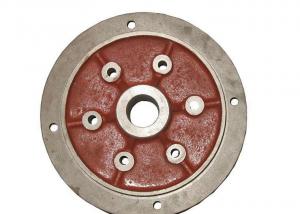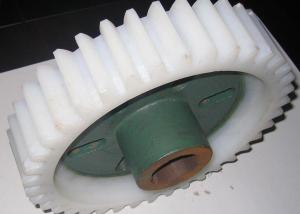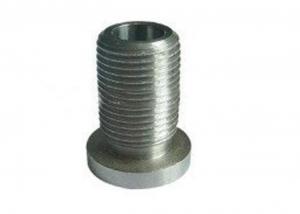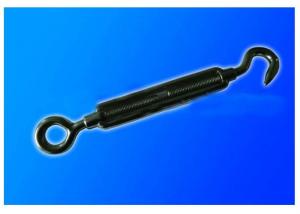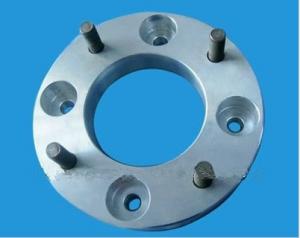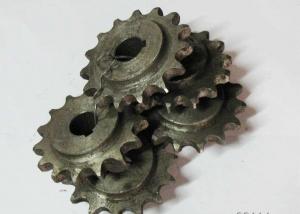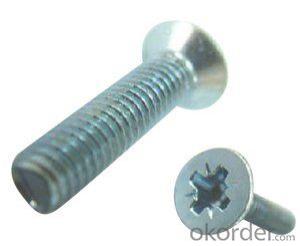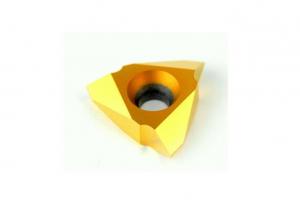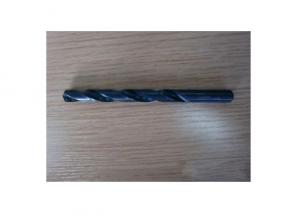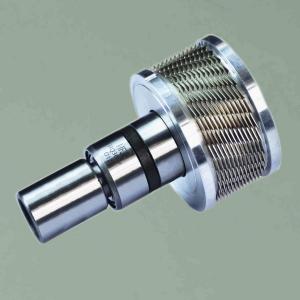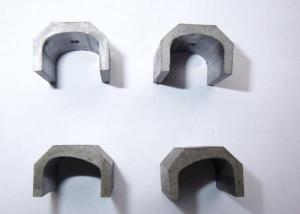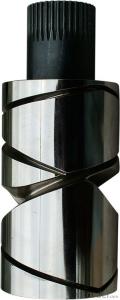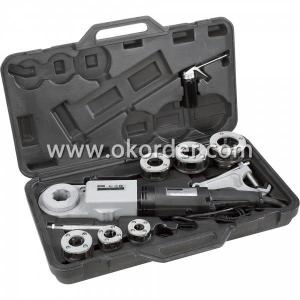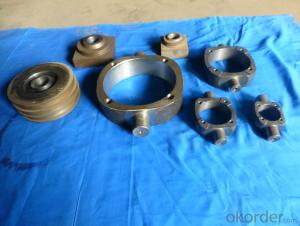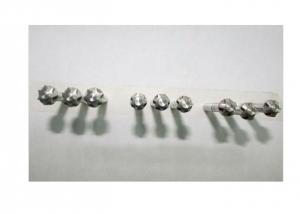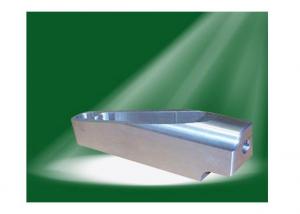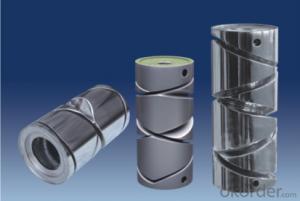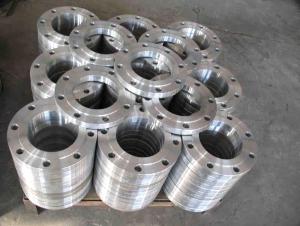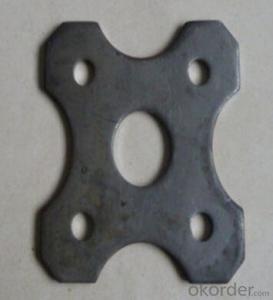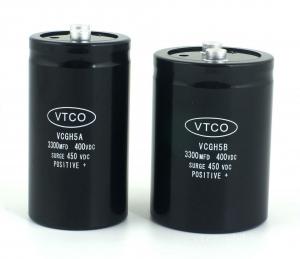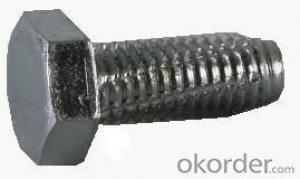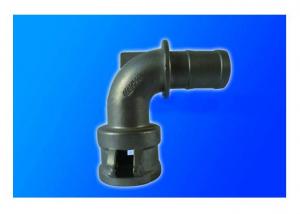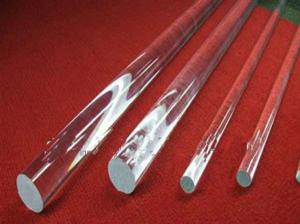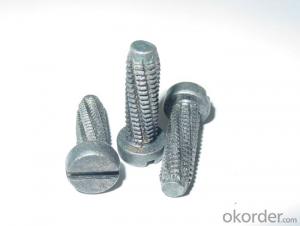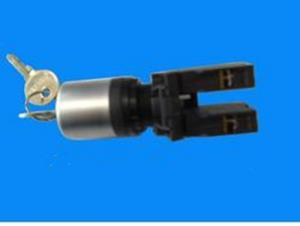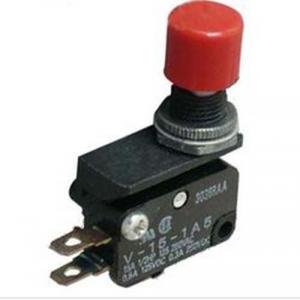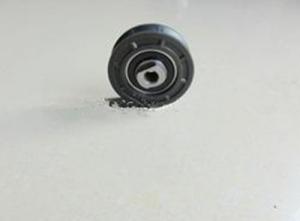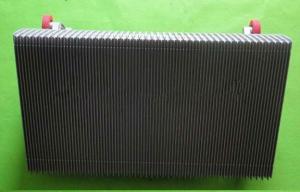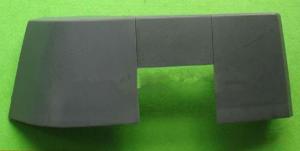Thread Parts
Thread Parts Related Searches
Repair Parts Scissor Parts Schwing Parts Air Duct Parts Heating And Air Conditioning Parts Auto Parts Whirlpool Appliances Parts Parts For Pendant Lights Scissor Lift Parts Crane Spare Parts Parts For Light Fixtures Spigot Parts Gas Stove Parts Ceiling Lamp Parts Iso Metric Thread Replacement Plumbing Parts Wall Light Fixture Parts Car Lift Parts Grove Crane Parts Boat Propeller Parts Hanging Light Socket Parts Mini Pendant Light Parts Amcor Air Conditioner Parts Replacement Shower Parts Lamp Light Fixture Parts Replacement Light Fixture Parts Sears Refrigerator Parts Rheem Air Conditioner Parts Perkins Engine Parts Westpoint Air Conditioner PartsThread Parts Supplier & Manufacturer from China
Thread Parts is a comprehensive range of products that includes nuts, bolts, screws, and other fastening components. These essential items are widely used in various industries such as construction, automotive, aerospace, and electronics, where they play a crucial role in holding structures and mechanisms together. The application and usage scenarios of Thread Parts are vast, as they are indispensable in everyday life, from assembling furniture to maintaining machinery and ensuring the safety and stability of various systems. Okorder.com is a leading wholesale supplier of Thread Parts, boasting a large inventory that caters to the diverse needs of customers across different sectors.Hot Products
